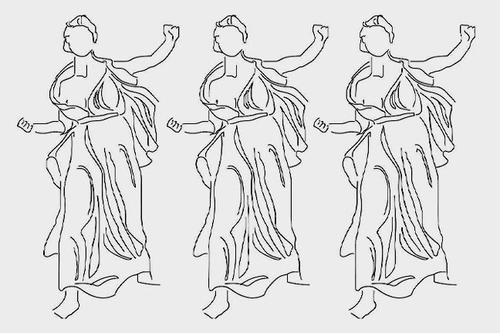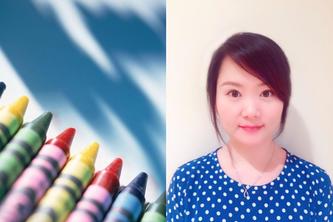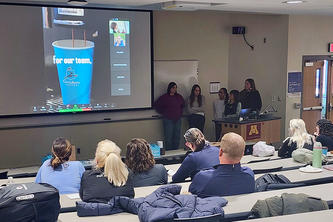
Sydney Shea is investigating the gender gap found in public sculptures in her ongoing research project The (Un)Named Woman.
A College of Design landscape architecture graduate student, Shea began by looking at the representation of women in public sculptures and memorials in New York City and San Francisco and found a large disparity. For example, there are 25 statues honoring historical figures in Central Park, but not one is in honor of a woman.
During Shea’s research she uncovered an article by Caroline Criado-Perez, who had sorted all of the statues in the U.K. into four categories: stand-alone named woman, stand-alone named man, unnamed man, and unnamed woman. Intrigued by the concept, Shea decided to apply the same categories to the sculptures found at the Minnesota State Capitol.
“I started by only categorizing the publicly accessible statues found on the capitol’s grounds, but there weren’t any named stand-alone women in that area, so I expanded my categorization to include the interior,” says Shea.
What she found was just two plaques in honor of named women. In comparison, throughout the capitol are 11 statues of named men, 12 busts of named men, and 2 plaques honoring named men.
Next, Shea more closely examined female statues around the capitol.
“I found that there are eight unnamed female statues representing ideas like youth, agricultural, bounty, and wisdom,” she says. But the statues simply act as stand-ins for ideas, “never sharing the experience of a named woman who actually lived.”
Shea also found that the diversity of the women represented in these unnamed sculptures is very limited.
“A lot of public sculptures were made in the early 20th century ... [and have] never been revisited and updated to better reflect our nation’s makeup or the lives of specific individuals,” she says.
Shea is continuing her research this spring and hopes that she and her faculty adviser, Professor Rebecca Krinke, will be able to put together a public installation displaying the results outside of the Minnesota State Capitol.
-------
This story appeared in its original form at the College of Design blog.
- Categories:
- Architecture and Design





